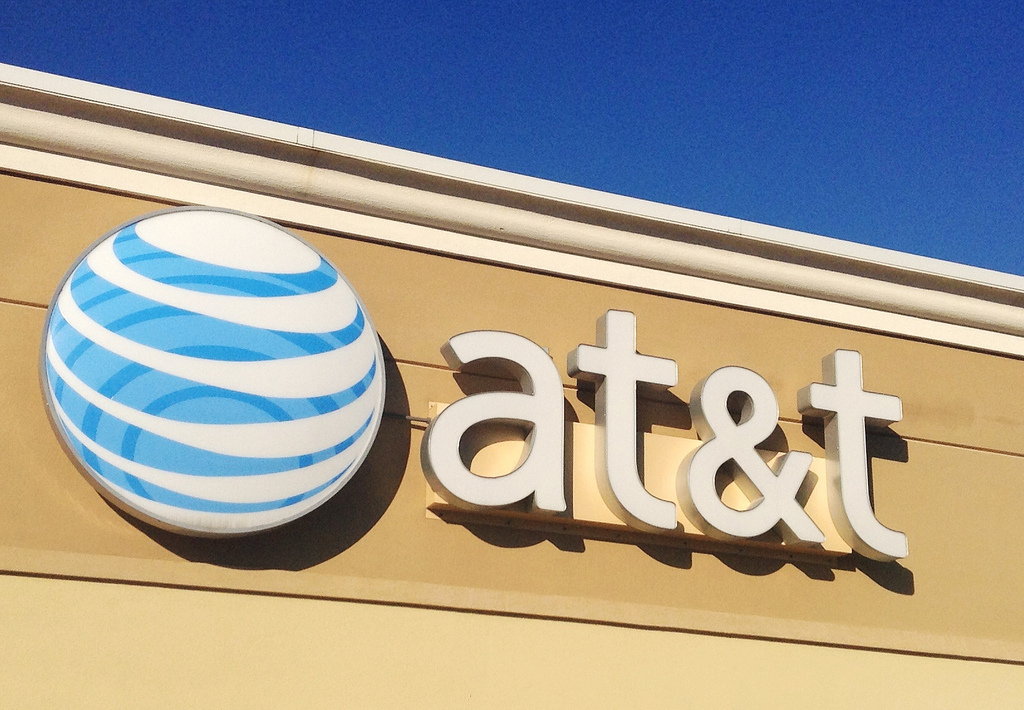AT&T Will Test 5G Service In Texas This Year; Could Be Up To 100 Times Faster Than LTE
The latest dispatch from the Death Star includes the first public details of AT&T’s 5G plan. In the coming months, the company says it will begin working in the lab with Ericsson and Intel, with the goal of trying out the new tech in the real world sometime this summer. The goal is to begin 5G field trials to fixed locations in Austin by the end of 2016, with the possibility of limited commercial deployment in the months to follow.
AT&T believes its 5G service will ultimately provide speeds that are anywhere from 10 to 100 times faster than what it currently provides on 4G LTE. Download an entire HD movie in a matter of seconds, says AT&T, of course not mentioning that many people would hit their monthly data cap really quickly if they started doing that.
“New experiences like virtual reality, self-driving cars, robotics, smart cities and more are about to test networks like never before,” says John Donovan, Chief Strategy Officer and Group President, AT&T Technology and Operations, who explains that a key aspect of the new network involves unloading much of the work traditionally done by hardware — routers, firewalls, and other network equipment — onto virtual functions on software; not unlike ditching your separate Walkman, camera, and road atlas in favor of a single device with apps that do those jobs. AT&T says it has already “virtualized” around 6% of its network and is aiming to get that up to 30% this year.
“5G will reach its full potential because we will build it on a software-centric architecture that can adapt quickly to new demands and give customers more control of their network services,” explains Donovan.
Among the technologies being tested by AT&T is the use of extremely high-frequency millimeter wave spectrum, which is capable of delivering data at very fast speeds, but has trouble with things like walls and trees. The recently announced Starry wireless home broadband service is planning to use this technology for fixed Internet connections.
Because millimeter wave is limited in how far it can reach and where it can be placed, it’s believed that widespread use of the tech would require significantly more wireless antennae than currently dot city rooftops.
Whatever wireless methods AT&T plans to use to reach customers, the company will likely lean on its GigaPower high-speed fiberoptic lines to handle the backhaul from the cell towers. Or maybe AT&T will take Google’s idea of delivering 5G by drone.
Let’s be clear: widely available 5G is still years off. For now “5G” is just a marketing term referring to whatever the next big thing might be, largely because there is still no set standard for what constitutes “5G.”
For example, the 3rd Generation Partnership Project (3GPP) — a joint effort of telecom standards organizations from around the globe — has a tentative timeline for 5G with the goal of setting that standard before the end of 2020.
Verizon, which has already announced its plan to test 5G, said it hopes to begin deploying the next-gen service to some of its commercial accounts at some point in 2017, which meshes with AT&T’s best-case scenario. Again, this is for service to a small number of commercial customers, likely to fixed locations.
Some wireless providers in South Korea are pushing to launch 5G in advance of the 2018 Winter Olympics in Pyeongchang. Similarly in Japan, the hope is to have 5G up and running by the start of the 2020 Summer Olympics in Tokyo.
Want more consumer news? Visit our parent organization, Consumer Reports, for the latest on scams, recalls, and other consumer issues.


